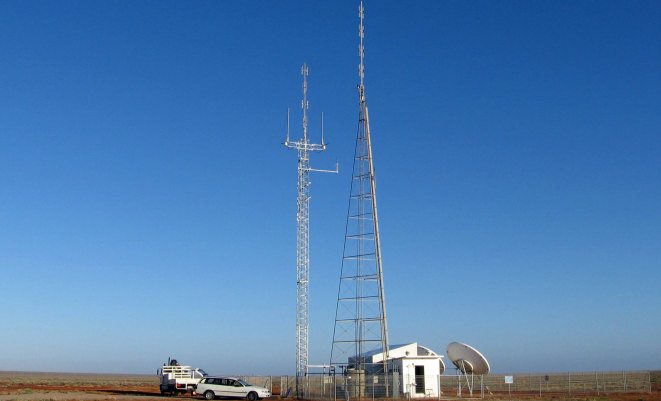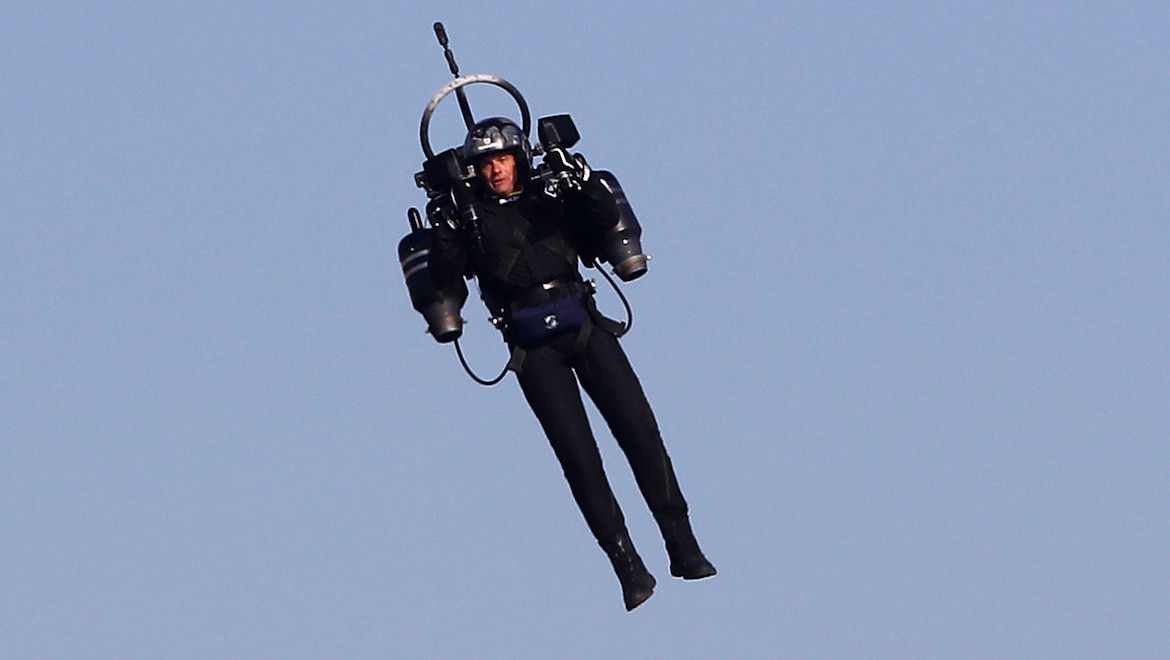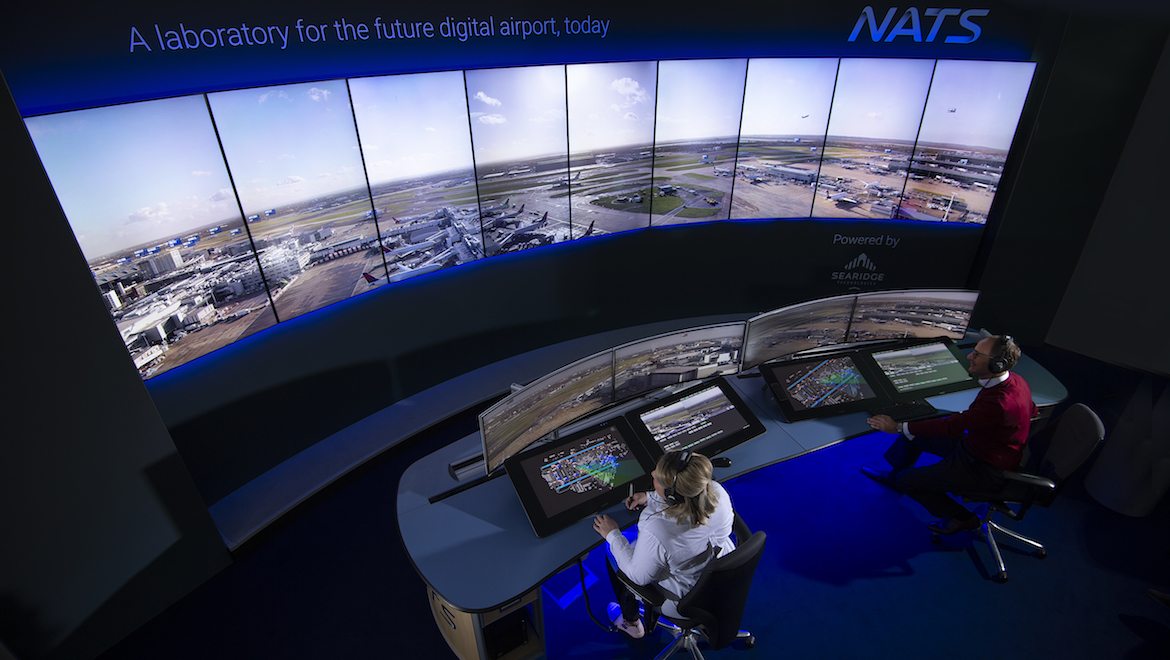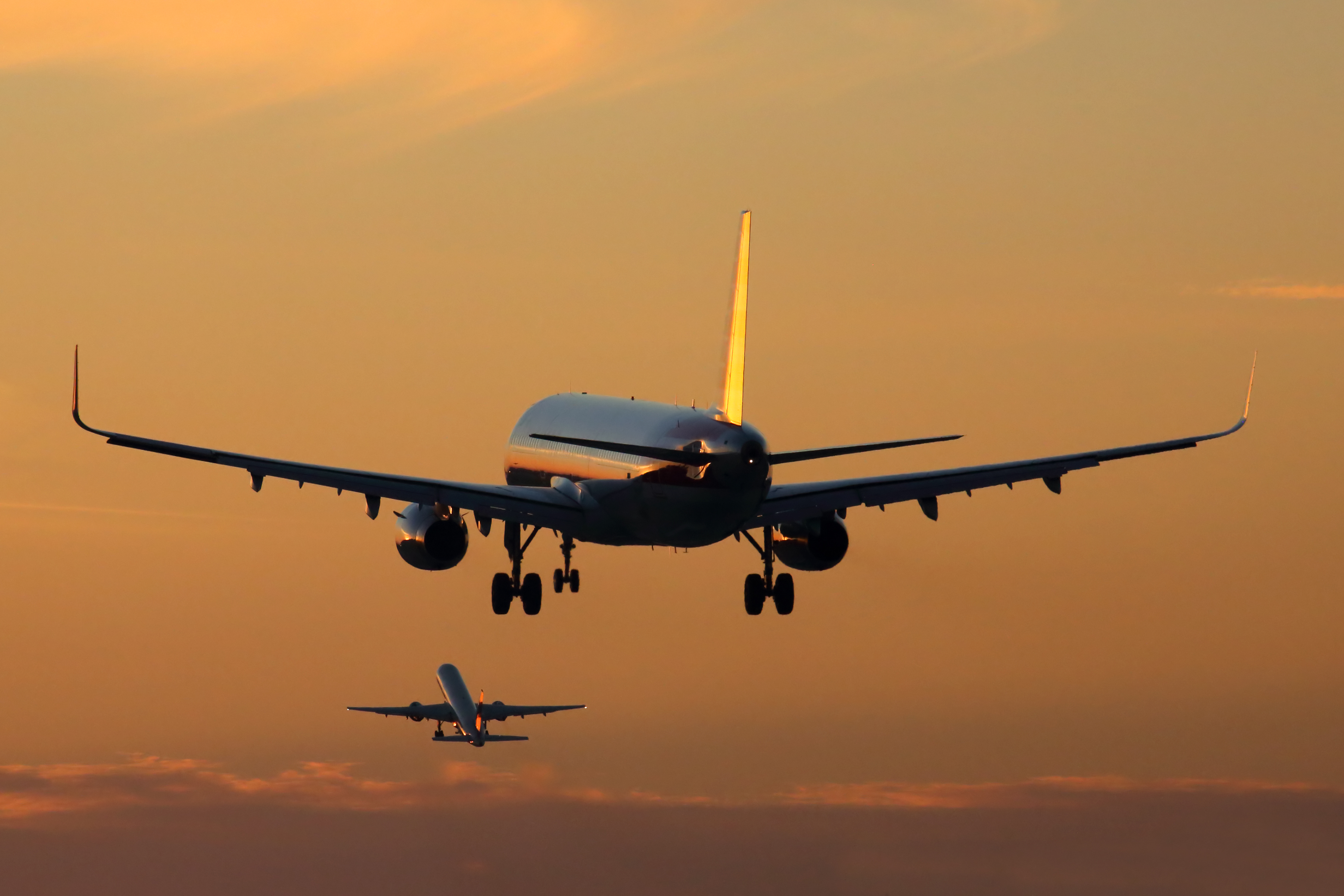
Airservices says there are about 1,000 Instrument Flight Rules (IFR) aircraft yet to install Automatic Dependent Surveillance Broadcast (ADS-B) technology as the clock ticks down for compliance with the federal government’s mandate.
The current mandates require all flights operating under instrument flight rules (IFR) to have ADS-B, which is a satellite-based technology enabling aircraft to be accurately tracked by air traffic controllers and other pilots without the need for conventional radar, by February 2 2017.
Figures from Airservices show about 82 per cent of all Australia-based IFR flights were fitted with ADS-B technology.
“I would like to congratulate those operators and owners who have already fitted with ADS-B and are seeing the real benefits the technology offers,” Airservices executive general manager for air navigation services Stephen Angus said in a statement on Thursday.
“I would also encourage those who have not yet fitted their aircraft with ADS-B to make sure they do before 2 February 2017.”
Figures from Airservices showed 100 per cent of all commercial flights in Australian airspace that fly at 29,000ft and above were ADS-B equipped at the start of August. The figure was 94 per cent for business jets and 98 per cent for turboprops. However, just 51 per cent of helicopters had ADS-B.
And although there was presently no requirement for flights operating under visual flight rules (VFR) to have ADS-B, Airservices figures showed 343 aircraft were utilising the technology voluntarily.
The roughly 1,000 IFR aircraft yet to have ADS-B installed included about 90 of Australia’s IFR helicopter fleet, Airservices said.
CHC Helicopter’s pilot and Jandakot base manager for Western Australia’s RAC Rescue Helicopter Service Mick Perren said there was a significant increase in situational awareness when flying with ADS-B.
“When operating out of Jandakot Airport, certainly one of the busiest airports in Australia, instead of just getting an icon on the traffic display, with ADS-B we get more information about the traffic,” Perren said in the Airservices statement.
“We get a much better picture of what is happening around us and this is where we have seen the biggest advantage.”












